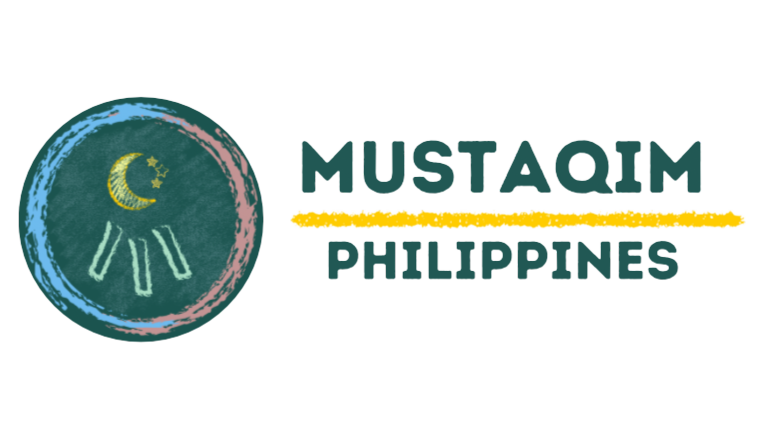The name “Tausug” comes from the word “tau”, which means “man” and “sug”, which means “current”. Traditionally they are sailors, pearl divers, and traders. Their homelands in the Sulu Archipelago have a strong tidal wave from the Sulu and China seas to the Celebes Sea, which made the Tausug people of the current. Tausug also referred to themselves depending on the area where they reside, for example, the “Tau higad” are the people that live in the seacoast;”Tau gimba” the people who live in the hinterland; and ”Tau pu” are those who live on the neighboring islands outside Jolo. While “Suluk” is the term used officially in Sabah and ethnographic literature.
The typical Tausug structural house has a single rectangular room, bamboo- or timber-walled, with a thatched roof, and is raised on posts about 2 to 3 meters from the ground. The house is surrounded by elevated porches leading to a separate kitchen. In Sulu, fishing and local commerce are the main sources of living, while in Jolo, it has a significant agricultural component. Their subsistence is based on agriculture, fishing and trade, and raising livestock. They grow different kinds of crops in between the rows of the planted rice, all at the same time, this process is called intercropped, which is to produce more crops in each area. Other crops such are coconuts, coffee, abaca, and fruit are grown as cash crops. Some are seasonal fruits and can result in a great source of income for the Tausug. Some of these seasonal fruits are durian, lanzones, mangosteens, and many more. Both men and women can share the workloads on the farm, men do the heavy stuff such as clearing, plowing, and fencing fields, while women tend to do the lighter stuff such as vegetable garden and gathering fruit. Women usually manage the financial status of the family, and men usually go fishing, metalworks, interisland trade, and smuggling between Sulu and nearby Malaysian ports.
Adat or the customary law is the pre-Islamic source of Law for the Tausug. Their community (banua or kauman) is governed by the datus of their respective communities. In the year 1380, Islamization in Sulu, the Islamic faith was brought and introduced by Shariff Karim al-Makhdum. With these, there are Tausug cultural practices are celebrated following the Tausug customary law and the Islamic law, for example, marriage.
Pre-marriage courtship is not recommended in Tausug traditions it is considered as a shame (makasipug) in their community, hence, both males and females are not allowed to choose whom to marry, it is up to their parents who will fix and arrange their marriage for them. Therefore, when the male and female reached the age of puberty (akilbalig), age of 14-15, the ideal age for them to get married, pagpangasawa, a formal way of asking a woman or the bride to be for a marriage, is much more ideal and acceptable for the Tausug. At present time, instead of a marriage arranged by parents, the concept of destiny gave the young male and female the free will to choose whom to marry and when to get married, as long as it does not contradict the teachings of Islam and the customary law of the Tausug, where humiliation and embarrassment of the Tausug family is a must to protect and guard by all means. However, it is still recommendable to get married at an early young age.
In Islam, Marriage is highly recommended, it is a legal and social contract between two parties. In article 15 of the Code of Muslim Personal Laws of the Philippines, there are at least four essential requisites of marriage given: (a) Legal capacity of the contracting parties; (b) Mutual consent of the parties freely given; (c) Offer (ijab) and acceptance (qabul) duly witnessed by at least two competent persons after the proper guardian in marriage (wali) has given his consent, and (d) Stipulation of customary dower (mahr) duly witnessed by two competent persons. These essential requisites are enough to consider a successful wedding ceremony. A traditional Tausug wedding may look complicated due to many steps in preparation but the beautiful and elegant artistic result of the whole process pays for all the hard work. Aside from the beautiful, shimmering, and embroidered garments worn by the bride and groom, their families, visitors, from the Tausug delicacies being served, the tiyula itum (black soup) to the colorful deserts, all of the wedding rites, I would like to emphasize a part of the ceremony, even if repeated a thousand times will never make me lose my interest, it is Khutba Nikah, a sermon delivered by the officiating imam that just not reminds the newlywed with all the do’s and don’ts in marriage, but as well as reminding everyone, to always choose the right decision and trust in the Almighty, and to always extend their patience throughout their marriage life. Although Islam has a solution to a marriage that is not healthy and cannot be fixed anymore, which is divorced but is hated by the Almighty.
References:
Bangahan, M. (2013). Steps of Tausug Wedding. Retrieved 19 July 2021, from https://bangsasulu.wordpress.com/2013/01/07/12/
de Jong, R. (2010). The Last Tribes of Mindanao, The Tausug, People of the Current. | ThingsAsian. Retrieved 25 July 2021, from http://thingsasian.com/story/last-tribes-mindanao-tausug-people-current
Kamlian, J. (2005). Islam, Women and Gender Justice: A Discourse on the Traditional Islamic Practices among the Tausug in Southern Philippines. Muslim World Journal Of Human Rights, 2(1). doi: 10.2202/1554-4419.1040
P.D. No. 1083. Retrieved 25 July 2021, from https://www.lawphil.net/statutes/presdecs/pd1977/pd_1083_1977.html
Tausug Cultural Orientation. (2008). Retrieved 25 July 2021, from https://aboutphilippines.org/documents-etc/tausug.pdf
Tausug | people. Retrieved 19 July 2021, from https://www.britannica.com/topic/Tausug
“Tausug.” Encyclopedia of World Cultures. Retrieved June 16, 2021 from Encyclopedia.com: https://www.encyclopedia.com/humanities/encyclopedias-almanacs-transcripts-and-maps/tausug
